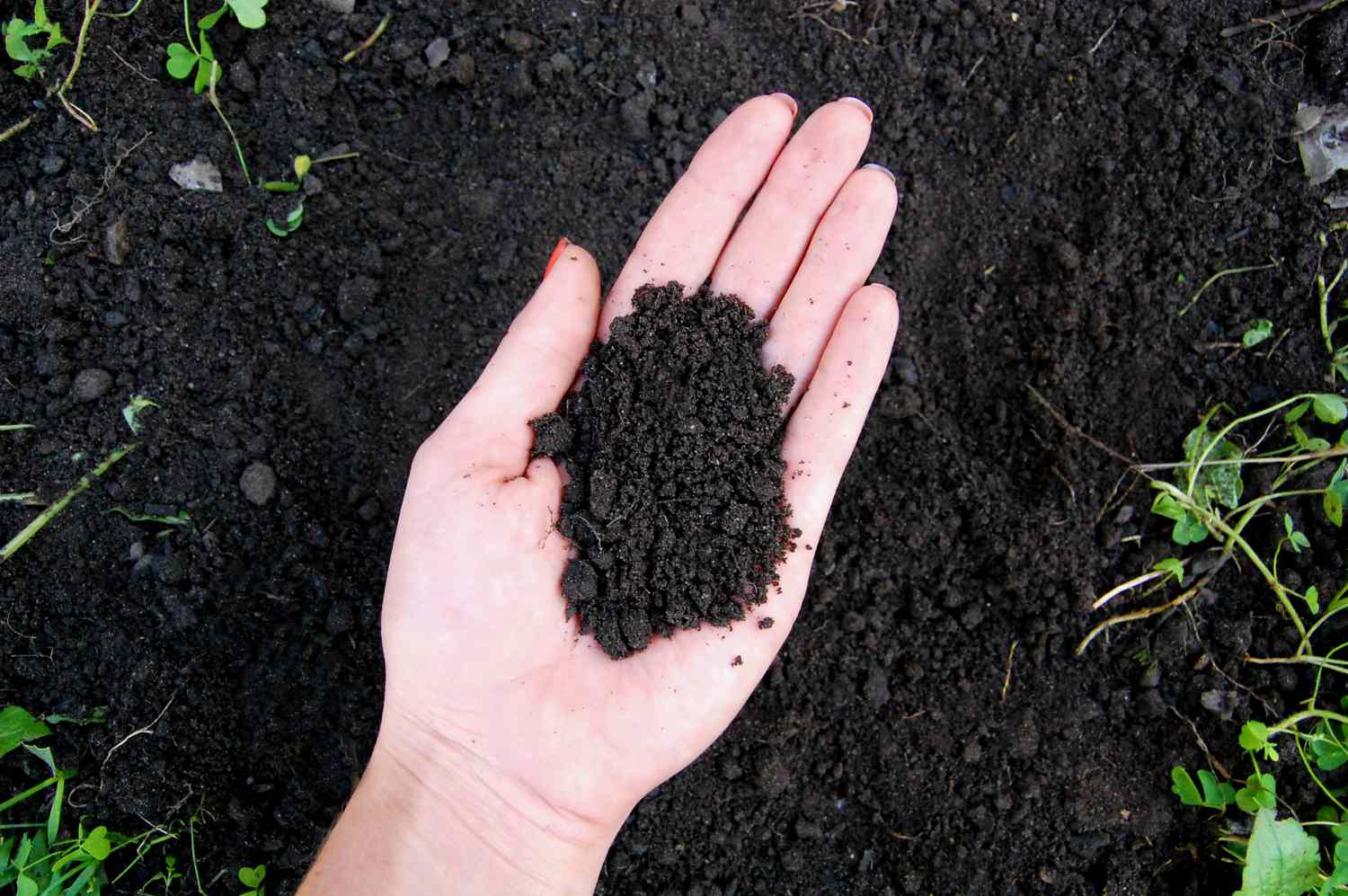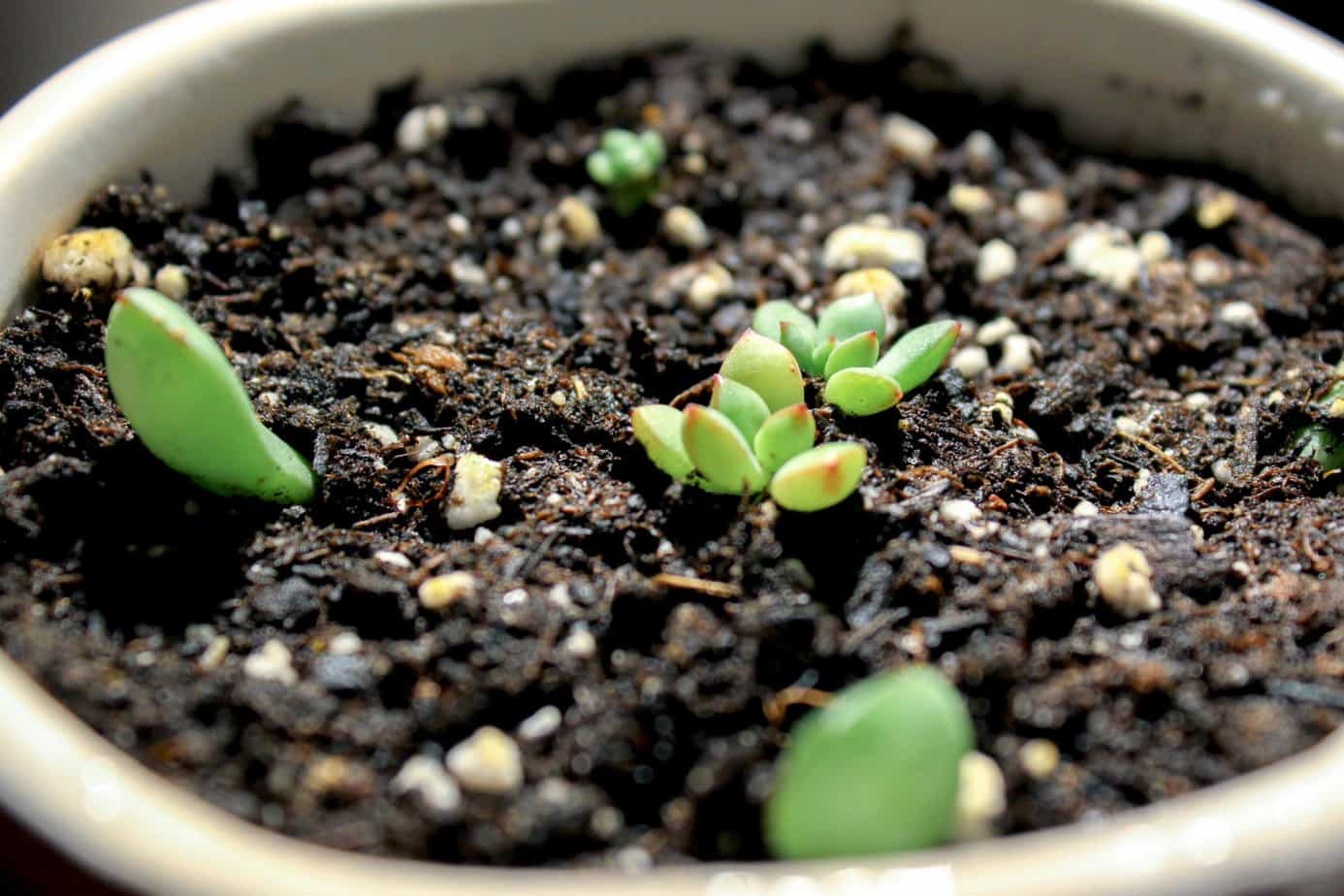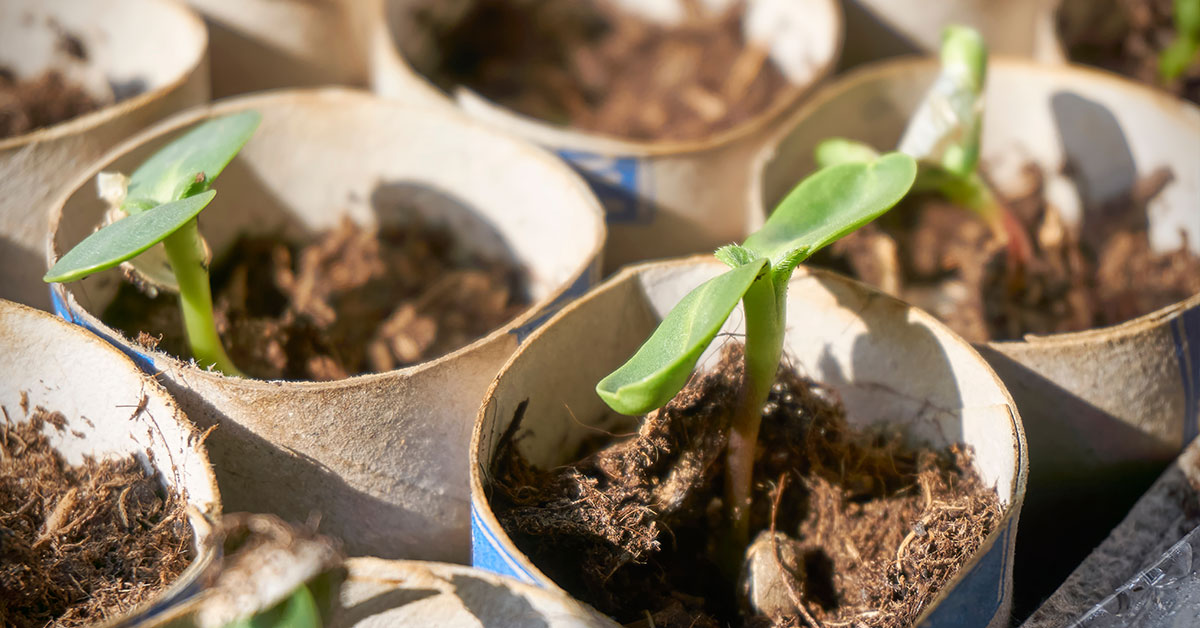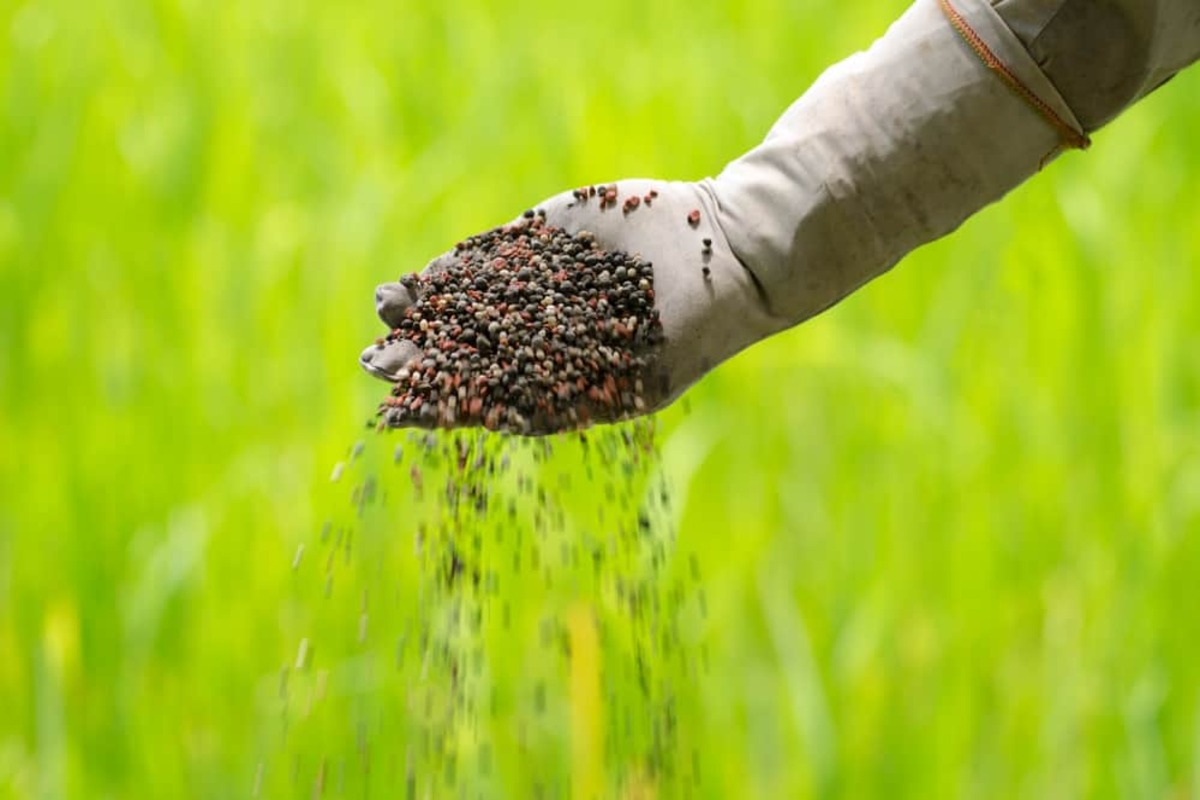Home>Gardening Basics>Understanding Soil>How Long Does It Take For Soil To Form


Understanding Soil
How Long Does It Take For Soil To Form
Published: February 5, 2024
Learn about the process of soil formation and understand the factors that influence it. Discover how long it takes for soil to develop and the importance of soil in the environment. Gain insights into understanding soil.
(Many of the links in this article redirect to a specific reviewed product. Your purchase of these products through affiliate links helps to generate commission for Chicagolandgardening.com, at no extra cost. Learn more)
Table of Contents
Introduction
Understanding the Formation of Soil
Soil, a fundamental component of the Earth's ecosystem, is a complex and dynamic entity that plays a crucial role in sustaining life. It serves as a medium for plant growth, a habitat for countless organisms, and a reservoir for water and nutrients. However, the process of soil formation is a gradual and intricate phenomenon that spans generations. Understanding the factors and processes involved in soil formation provides valuable insights into the nature of this vital resource.
The formation of soil is a result of various interrelated factors and processes, which include climate, parent material, topography, biological activity, and time. These elements interact over extended periods to give rise to the diverse range of soils found across the globe. By delving into the mechanisms of soil formation, we can gain a deeper appreciation for the complexity and resilience of this essential resource.
The significance of soil formation extends beyond its role in sustaining plant life; it also influences the broader environment, affecting water quality, carbon storage, and the regulation of greenhouse gases. As such, comprehending the dynamics of soil formation is crucial for addressing environmental challenges and promoting sustainable land use practices.
Throughout this article, we will explore the various factors and processes that contribute to soil formation, shedding light on the intricate mechanisms that shape the Earth's terrestrial surface. By unraveling the mysteries of soil formation, we can gain a greater understanding of the interconnected web of life that relies on this invaluable natural resource.
Factors Affecting Soil Formation
Soil formation is influenced by a multitude of factors, each playing a distinct role in shaping the characteristics of soil in a particular region. These factors include climate, parent material, topography, biological activity, and time.
- Climate: The climatic conditions of a region, including temperature, precipitation, and humidity, exert a profound influence on soil formation. Temperature affects the rate of chemical reactions and biological processes, while precipitation contributes to the leaching and accumulation of minerals in the soil.
- Parent Material: The composition and characteristics of the parent material, which can range from bedrock to sedimentary deposits, significantly influence the properties of the resulting soil. The physical and chemical attributes of the parent material serve as the foundation for soil development.
- Topography: The topographic features of a landscape, such as slope, aspect, and elevation, play a crucial role in soil formation. These factors influence the distribution of water, the accumulation of organic matter, and the erosion or deposition of soil particles.
- Biological Activity: The presence of living organisms, including plants, microorganisms, and animals, contributes to the processes of soil formation. Biological activity influences the decomposition of organic matter, the release of nutrients, and the development of soil structure.
- Time: Soil formation is a gradual process that unfolds over extended periods, often spanning hundreds or thousands of years. The element of time allows for the accumulation of organic matter, the weathering of minerals, and the development of distinct soil horizons.
By understanding the interplay of these factors, we can appreciate the intricate and dynamic nature of soil formation. The unique combination of climate, parent material, topography, biological activity, and time gives rise to the diverse array of soils that sustain ecosystems and support human activities worldwide.
Soil Formation Processes
The formation of soil is a complex and dynamic process that involves a series of interrelated physical, chemical, and biological transformations. These processes contribute to the development of distinct soil horizons and the creation of soil profiles that reflect the interactions of various factors over time.
- Weathering: The breakdown of rocks and minerals through physical, chemical, and biological processes is a fundamental aspect of soil formation. Physical weathering, such as the action of frost and roots, breaks down rocks into smaller particles, while chemical weathering alters the mineral composition through reactions with water and acids.
- Leaching and Illuviation: The movement of water through the soil profile leads to the leaching of minerals from the upper layers and their accumulation in lower horizons, a process known as illuviation. This redistribution of materials contributes to the differentiation of soil horizons and the development of distinct soil profiles.
- Organic Matter Accumulation: The accumulation of organic matter derived from plant residues, microorganisms, and other sources contributes to the development of soil structure and the enrichment of soil fertility. Organic matter influences soil color, texture, and nutrient content, playing a crucial role in soil formation processes.
- Soil Horizon Development: Over time, the interactions of weathering, leaching, and organic matter accumulation give rise to the formation of distinct soil horizons, or layers, within the soil profile. These horizons, including the O horizon (organic layer), A horizon (topsoil), E horizon (eluviated layer), B horizon (subsoil), and C horizon (parent material), reflect the cumulative effects of soil formation processes.
By comprehending the intricate processes involved in soil formation, we can gain a deeper understanding of the diverse soil profiles found in different environments. The interactions of weathering, leaching, organic matter accumulation, and horizon development contribute to the unique characteristics of soils, shaping their suitability for various uses and their role in supporting ecosystems.
Types of Soil Formation
Soil formation occurs through various pathways, resulting in the development of distinct soil types that reflect the specific conditions and processes at play in a given environment. These soil formation processes give rise to an array of soil orders, each characterized by unique properties and horizons.
- Residual Soil Formation: Residual soils form in situ from the weathering of underlying bedrock, with the resulting soil composition and characteristics closely related to the parent material. This process is prevalent in regions with stable geologic formations, leading to soils that exhibit similarities to the underlying rock.
- Transported Soil Formation: Transported soils develop from the deposition of eroded materials, such as sediments, silt, and clay, in new locations. These soils may exhibit varying compositions and properties compared to the underlying parent material, reflecting the influences of transportation and deposition processes.
- Colluvial and Alluvial Soil Formation: Colluvial soils form from the accumulation of materials moved downslope by gravity, often resulting in heterogeneous soil compositions. Alluvial soils, on the other hand, develop from the deposition of sediments by flowing water, leading to the formation of fertile and well-drained soils in floodplain and river delta environments.
- Glacial Soil Formation: Glacial soils originate from the deposition of materials by glaciers, resulting in diverse soil compositions and textures influenced by the processes of glaciation and subsequent melting. These soils may exhibit unique characteristics, such as high fertility and distinctive mineral content.
By recognizing the diverse pathways of soil formation, we can appreciate the wide-ranging properties and uses of soils across different landscapes. The processes of residual formation, transportation, colluvial and alluvial deposition, and glaciation contribute to the development of soils with distinct characteristics, reflecting the complex interactions of geologic, climatic, and biological factors.
Understanding Soil Formation: A Dynamic Interplay of Factors and Processes
Exploring the intricacies of soil formation reveals the dynamic interplay of factors and processes that give rise to the diverse array of soils found across the Earth’s surface. From the influence of climate and parent material to the transformative processes of weathering, leaching, and organic matter accumulation, soil formation embodies a complex and ongoing narrative of environmental interactions.
The significance of comprehending soil formation extends beyond academic interest; it holds practical implications for sustainable land use, ecosystem management, and environmental stewardship. By recognizing the impact of climate, topography, biological activity, and time on soil development, we can make informed decisions regarding agricultural practices, land conservation, and remediation efforts.
Moreover, understanding the various types of soil formation, from residual and transported soils to colluvial, alluvial, and glacial soils, allows us to appreciate the diversity of soil profiles and their suitability for different purposes. Whether supporting agricultural productivity, providing habitat for diverse ecosystems, or serving as a foundation for human infrastructure, soils embody the legacy of their formative processes.
As we navigate the complexities of soil formation, we gain a deeper appreciation for the interconnectedness of natural systems and the critical role of soils in sustaining life. By fostering a holistic understanding of soil formation, we can cultivate a stewardship ethic that promotes the responsible management and conservation of this vital resource for future generations.








